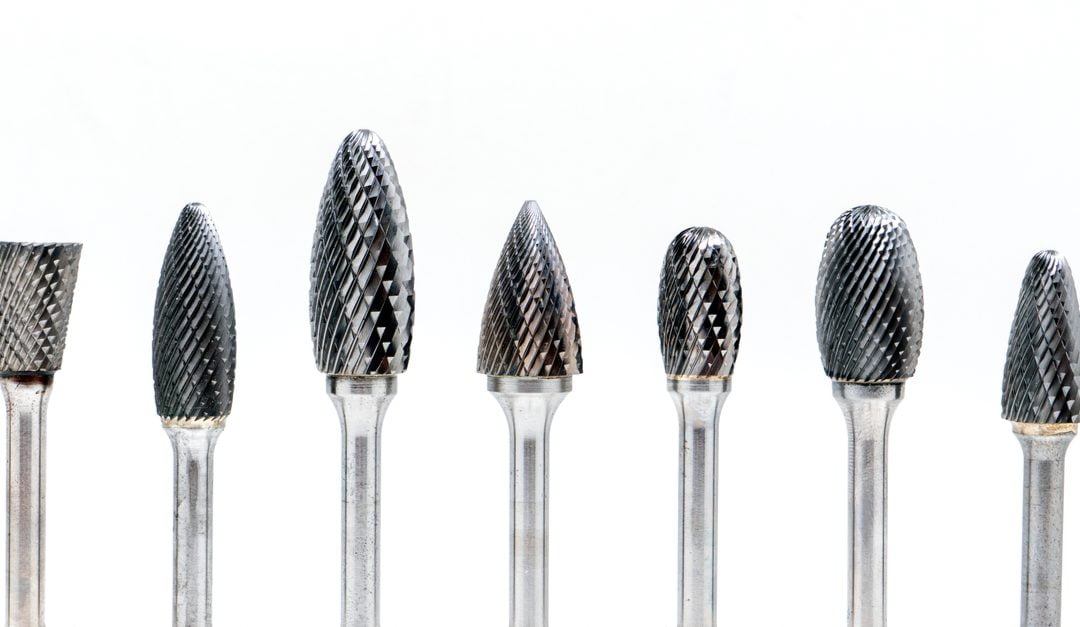What Is Deburring?
Deburring is a supplementary procedure of a machining process that improves the final quality of the product by eliminating raised edges and undesirable fragments of material left by the previous machining processes, known as burrs. Shearing, bending, cutting, piercing, and compressing materials produce burrs. These are most commonly found on softer and pliable materials. Deburring machines utilize mechanical, electrochemical, and thermal processes to remove burrs.
The 5 Different Types of Burrs
There are five types of burrs that can be found on metal parts— poisson, roll-over, tear, cut-off burrs, and thermal.
Poisson Burr
“Poisson” came from the term Poisson effect which means the deformation of a material in directions perpendicular to the direction of loading. Exerting compressive forces onto the material leads to the edges of the area to plastically deform and elongate— ultimately creating burrs. During the cutting process, as the point of the cutting tool strikes the part, the edges of the cut become deformed because of the compressive and shearing forces.
Roll-over Burr
These are pieces that are bent rather than severed from the cutter’s path. As the cutting tool leaves the cut, some material ends up rolling and going along with the tool. The material folds toward the feed and along the cut edge. If the material is malleable enough, the chip doesn’t easily separate from the part. The depth of cut additionally contributes to the creation of a roll-over burr since the chip or roll becomes thicker as the depth increases.
Tear Burr
Tear burrs are side-burrs that come about when the cut part is plastically deformed rather than completely cut. This is observed in punching processes where a sharp, jagged edge is left along the contour of the punched hole. This is material tearing loose from the workpiece.
Cut-off Burr
Cut-off burr is a result of the leftover material as the cut part separates or falls off from the main part. This can be a positive or negative burr. Cut-off burrs are mostly observed on saw cuts and automatic screw machine parts. These types of burrs are prevented by supporting both sides properly until the cut is finished.
Thermal Burrs
These burrs are commonly referred to as slags, spatters, or dross. Slags are formed when molten metal is hardened as a result of welding, plasma, or laser cutting. Because of residual stresses caused by heating and uncontrolled cooling, slags have different mechanical characteristics than the base metal. Slags are typically chipped off using manual power brushing, although in some circumstances, grinding is required.

